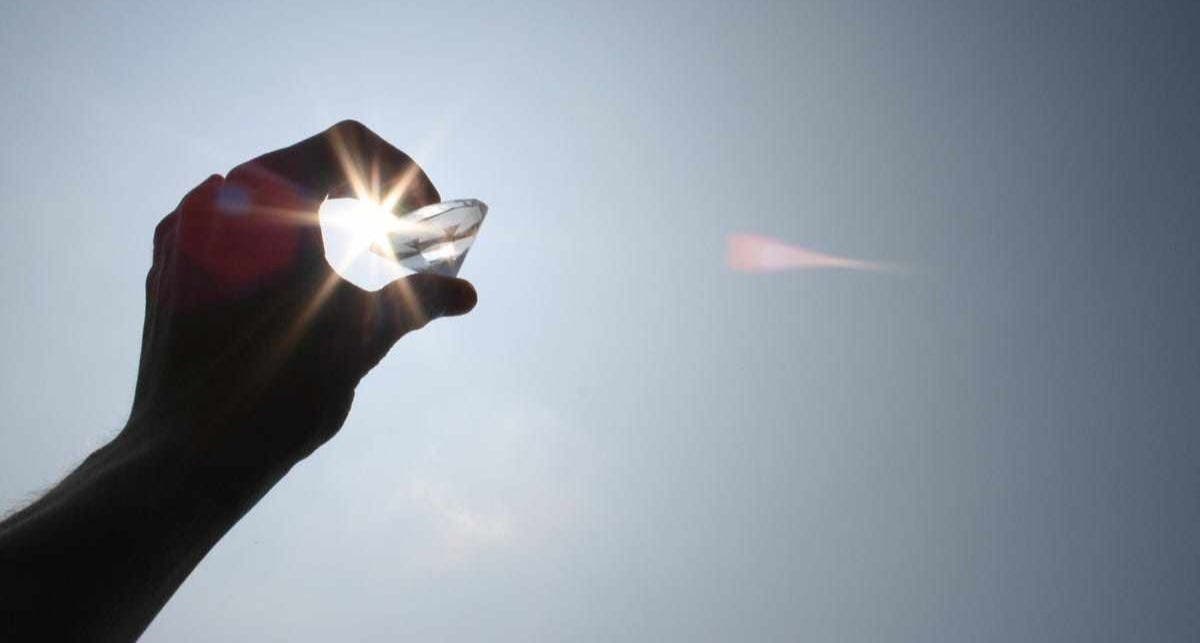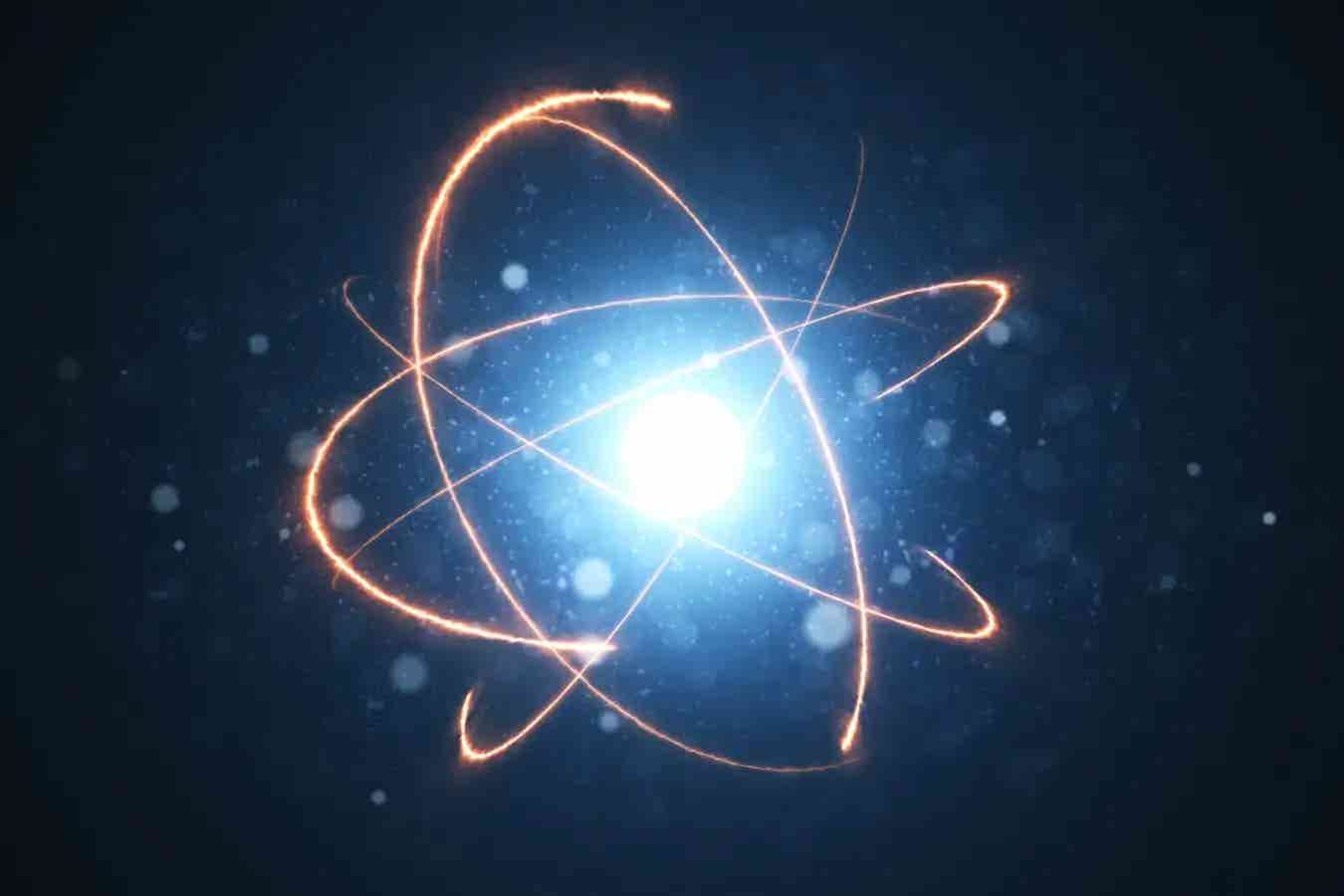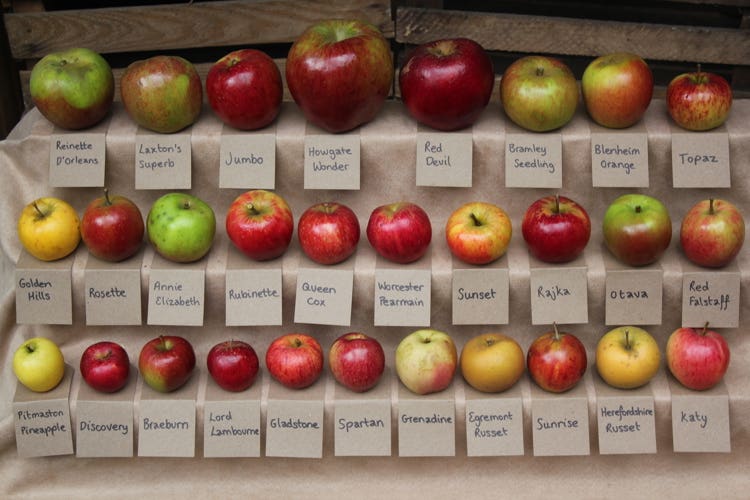Eco-friendly diamonds made from CO2 sucked out the air
While carbon in our atmosphere spells disaster, carbon itself is not inherently villainous. After all, a diamond just crystalline carbon.

[Aug. 9, 2023: Staff Writer, The Brighter Side of News]
A startup called Aether is turning CO2 from the atmosphere into something new: the world’s first carbon-negative diamonds. (CREDIT: Creative Commons)
Amidst the scenic panorama of Zurich, Switzerland, atop a power-generating waste incineration plant, large machines whirl in concert, serving a purpose bigger than many can fathom. Their primary function is not merely waste incineration; they stand as tall sentinels capturing carbon dioxide (CO2) from the very air we breathe.
But what's next for this captured carbon? A journey across the Atlantic to a production hub in Chicago answers that question. Here, a startup named Aether is pioneering an innovation many might find hard to believe - crafting the world's very first carbon-negative diamonds.
The brainchild behind this revolutionary idea, CEO Ryan Shearman, drew inspiration from the book "Drawdown", a comprehensive guide outlining potent solutions to counter climate change. Conversations with industry veteran Dan Wojno, who later teamed up as his cofounder, solidified the vision.
Shearman reminisces, “We had a bit of an epiphany. You’re carbon-based, I’m carbon-based, we live in a carbon-based world. While carbon in our atmosphere spells disaster, carbon itself is not inherently villainous. After all, isn’t a diamond just crystalline carbon?”
Related Stories
Diamonds, while symbolizing luxury, love, and commitment, have a shadowy past. Traditional diamond mining is plagued with ethical quandaries, from allegations of exploiting labor to wreaking environmental havoc, including deforestation and water pollution. Lab-grown diamonds, heralded as the ethical alternative, have their own skeletons – primarily, their reliance on fossil fuels.
This is where Aether's groundbreaking approach shines. Shearman and Wojno discerned an opportunity to amalgamate two distinct domains: carbon capture and diamond creation.
Collaborating with Climeworks, a global front-runner in capturing CO2, Aether cleanses the carbon until it’s primed for the diamond reactor. Within a span of two to three weeks, what was once a molecule contributing to the greenhouse effect becomes a sparkling gem.
Climeworks’ second, newest and largest direct air capture and storage plant, Mammoth. (CREDIT: Cimeworks)
Yet, Aether's ambitions are not solely rooted in environmentalism. Their line of fine jewelry, which incorporates these diamonds, is designed to captivate potential buyers primarily with its allure.
“We want this to be an acquisition of desire – a piece someone wants due to its aesthetic, the emotions it evokes,” Shearman emphasizes. He adds, “The environmental facet is just a delightful bonus. Many remain unaware of their carbon footprint, and our jewelry not only beautifies but educates.” To put it into perspective, a two-carat Aether diamond offsets roughly two and a half years of an average American’s carbon emissions.
Diamond rings made by Aether. (CREDIT: Steven DeVilbiss)
The diamond industry stands at a crucial crossroad. Natural diamonds, formed over billions of years, are not infinite. "The industry has surpassed its zenith in terms of diamond output," Shearman declares, predicting a stark reduction by 2040. The annual global production of mined diamonds could potentially halve. "This scenario paints a favorable picture for Aether, given the declining mined diamond reserves juxtaposed with the persistent demand," he muses.
For pioneers like Climeworks, delving into the realm of carbon capture, the diamond industry presents a lucrative avenue. Direct air capture, despite its monumental importance, remains a costly endeavor.
Aether has chosen not to reveal the cost of its direct air capture services. However, the company claims that it can convert one ton of captured CO2 into diamonds valued in the millions.
These diamonds, known as the rare Type IIa diamonds which are hard to locate naturally, fetch a price ranging from $4,900 to more than $10,000 per carat. According to Shearman, this pricing is above many lab-grown diamond competitors and aligns more with mined diamonds, owing to the extra efforts made to ensure an environmentally friendly fabrication process.
Shearman elaborates, "Comparatively, regenerative farming or reforestation offer carbon offsets at a fraction of the cost. Direct air capture, bereft of substantial subsidies and given its nascent stage, urgently needs viable market pathways."
Starting with a modest production scale, Aether is optimistic about amplifying its processes. With a waitlist already in place for eco-conscious aficionados to get their hands on a gem that not only adorns but also heals our planet.
Note: Materials provided above by The Brighter Side of News. Content may be edited for style and length.
Like these kind of feel good stories? Get the Brighter Side of News' newsletter.
Joseph Shavit
Head Science News Writer | Communicating Innovation & Discovery
Based in Los Angeles, Joseph Shavit is an accomplished science journalist, head science news writer and co-founder at The Brighter Side of News, where he translates cutting-edge discoveries into compelling stories for a broad audience. With a strong background spanning science, business, product management, media leadership, and entrepreneurship, Joseph brings a unique perspective to science communication. His expertise allows him to uncover the intersection of technological advancements and market potential, shedding light on how groundbreaking research evolves into transformative products and industries.



